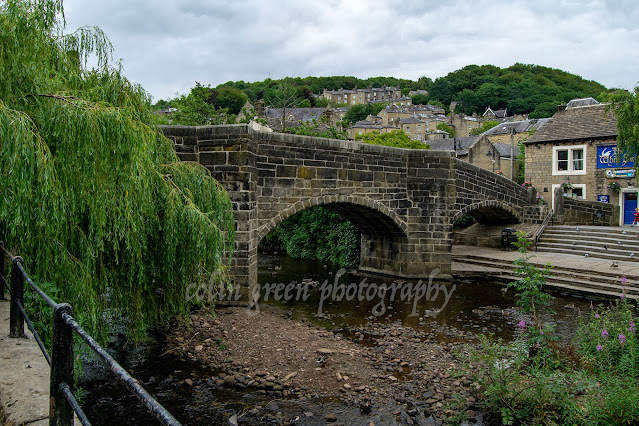Towering over the Calder Valley, Stoodley Pike is more than just a hill overlooking the town of Todmorden, West Yorkshire. It's a monument, a beacon, a challenge, and a gateway to breathtaking panoramas. I recently embarked on my own Stoodley Pike adventure, and let me tell you, it was an experience of stunning vistas.
There are several routes to the summit, each offering its own unique charm. I opted for the Shaw Wood Road trail, starting from the A646 Burnley Road. The trail leaves Burnley Road almost immediately, crossing over the Rochdale Canal alongside Lock No. 15 Shawplains. The road winds through woodlands before reaching a housing estate at Lee Bottom Road, which runs eastward, offering glimpses of the imposing Pike as you ascend. The road steadily gains elevation, so be prepared for a good workout.
After conquering the final incline, the reward arrives. The 39-step spiral staircase beckons, leading you up another 40 feet to the balcony of the monument. A torch is highly recommended, as the narrow passage is often plunged in darkness, despite a grill that is meant to offer a light source.
Views for Days
The views from the top are nothing short of magnificent. The hill, at a height of 1,300 feet, shows rolling fields in every direction, dotted with villages, reservoirs, and the distant Pennine peaks. On a clear day, you can even see Manchester and the Irish Sea! Take a deep breath, soak it all in, and let the sense of accomplishment wash over you.
A Monument to History
Stoodley Pike is steeped in history, dating back to the Iron Age. Explore the monument's intriguing inscriptions and weathered stones, which whisper tales of the past. The original monument was built to commemorate the Napoleonic Wars and then rebuilt to remember the Crimean War.
Above the north-facing door, a faded inscription tells the story of the monument's creation and dramatic rebuilding:
STOODLEY PIKE A BEACON MONUMENT ERECTED BY PUBLIC SUBSCRIPTION COMMENCED IN 1814 TO COMMEMORATE THE SURRENDER OF PARIS TO THE ALLIES AND FINISHED AFTER THE BATTLE OF WATERLOO WHEN PEACE WAS ESTABLISHED IN 1815. BY A STRANGE COINCIDENCE THE PIKE FELL ON THE DAY THE RUSSIAN AMBASSADOR LEFT LONDON BEFORE THE DECLARATION OF WAR WITH RUSSIA IN 1854. WAS REBUILT WHEN PEACE WAS RESTORED IN 1856. RESTORED AND LIGHTNING CONDUCTOR FIXED IN 1889.
This adventure to Stoodley Pike was a chilly one, but the light dusting of snow made the landscape even more beautiful. These pictures were taken on November 19, 2016, and really capture the unique atmosphere of the hike. It's a journey I won't soon forget.







































